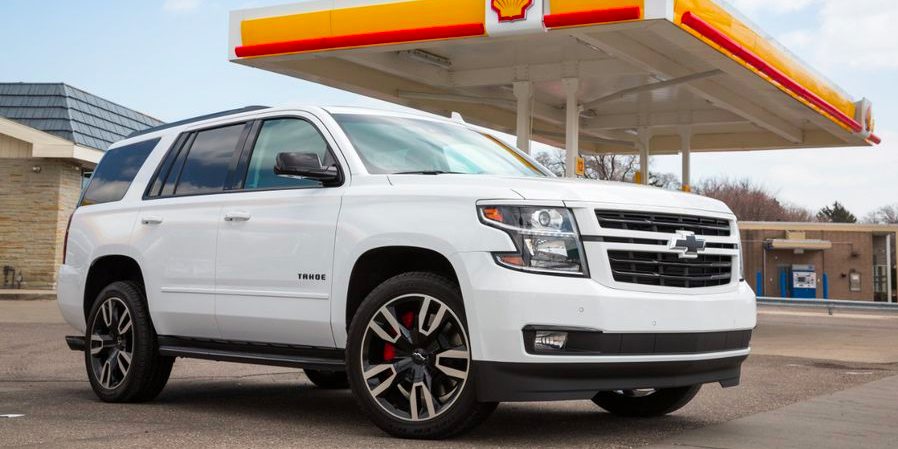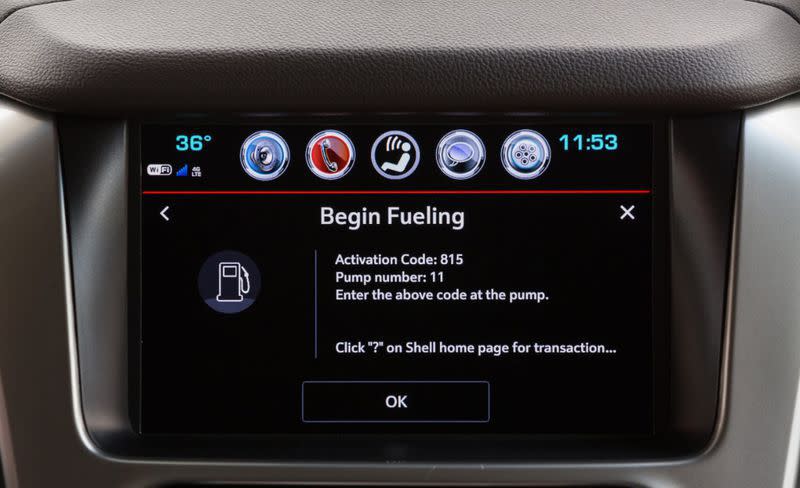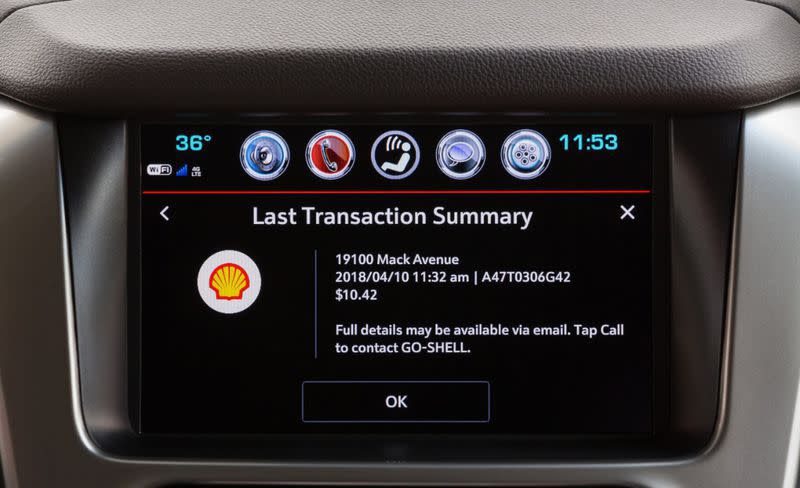Chevrolet Lets Drivers Pay for Gas In-Car

A few select motorists no longer need to swipe their credit cards at the gas pump. Heading into the summer road-trip season, General Motors and Shell are rolling out a new feature that lets drivers pay for gas right from the dashboards of their cars.
The feature is the latest addition to GM’s fledgling Marketplace commerce platform, which debuted in December. The partnership with Shell marks an industry first and provides a glimpse of how automakers are thinking about establishing new revenue streams with connected-car technology.

Initially, the service will be available on approximately a million Chevrolet vehicles in three pilot-project locations: Detroit, Seattle, and Houston. GM says the new functionality will be in nearly four million cars across its lineup by the end of the year, and Shell has plans to roll out the service to more than 14,000 locations this summer.
“We are constantly working to develop better products and services for our customers, and we are always evolving according to their transforming needs and expectations around convenience, quality, and digitalization and service,” said Sydney Kimball, vice president of fuel sales and marketing for Shell Oil Products.
Utilizing the built-in 4G LTE connections in Chevrolet vehicles from model year 2017 or newer, motorists can use embedded navigation to find participating gas stations. When they arrive, they enter their pump number on a keypad that pops up on their infotainment touchscreens. Once they’re ready to pump, they enter a three-digit activation code on the pump itself, and the bill registers with a preselected payment option.

At first glance, the process does not necessarily sound more seamless than simply swiping a card at the pump and entering a ZIP code for security purposes, the way most pumps operate today. But drivers can store their payment and Fuel Rewards information beforehand, and the system helps steer them toward Shell stations to keep earning discounts associated with the rewards program. And in the middle of a rainstorm, drivers would ostensibly be more comfortable-so, less wet-paying from their seats rather than standing outside.
Marketplace made its debut in December, with GM bringing on initial partners that span a range of coffee shops, hotels, and restaurants. Through the touchscreens on their dashboards, consumers can order ahead from select locations or make reservations for a table. General Motors earns an undisclosed slice of revenue from those transactions.
While consumers don’t necessarily need to make those transactions through their infotainment systems-they could theoretically just use the Starbucks app to order ahead-according to AAA statistics, the average U.S. car owner spends 46 minutes per day behind the wheel. Not merely motorists, they are also captive consumers, and the auto industry wants to be involved in more of their purchases by providing seamless experiences via in-vehicle connectivity.
In that respect, auto executives often refer to infotainment screens as their version of the third screen, a term also often applied to smartphones. Just as other companies have fundamentally altered consumers’ patterns by harnessing the power of the first two screens-the television and the personal computer-General Motors is looking to lead the next significant shift in consumer behavior from the dashboard.
You Might Also Like

 Yahoo Autos
Yahoo Autos 